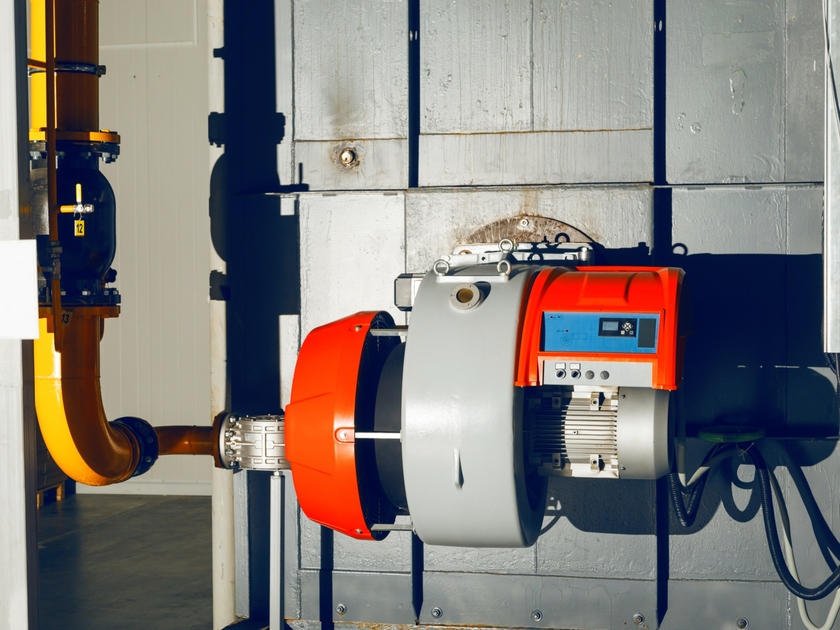Burners are devices used to mix fuel and air for controlled combustion. Burner problems can reduce the efficiency of boilers and other natural gas-fueled devices and even damage equipment. The following four-step process can help you address burner issues:
- Recognize that a problem exists
- Observe the symptoms
- Determine the effects (physical and cost) on furnace operation
- Identify the appropriate corrective action
The John Zink Combustion Handbook identifies common burner problems and recommends corrective actions. Here we highlight a number of these issues and summarize potential causes and solutions.
Pulsating flame is typically the result of a lack of oxygen. Symptoms include low-frequency oscillation, as well as woofing or breathing. Fixes include reducing the firing rate and adjusting draft and excess air levels.
Flame impingement can be caused by low excess air, wrong burner tips or eroded firing ports. High tube skin temperatures are a common sign. Solutions include redirecting flue gas circulation, increasing excess air and cleaning burner tips.
Flashback often results from poor burner tip design or low fuel/air mix velocity. Warning signs include mixer or venturi oxidation or barking noise. You can fix this problem by cleaning tips and gas metering orifice and raising the gas pressure.
Smoky flames typically originate from incomplete combustion. Look for smoke exiting the stack or a hazy combustion zone. Clear up this issue by increasing draft and excess air, and by cleaning or replacing burner tips.
Flame lift off often arises due to reduced fuel pressure. Telltale signs include a detached flame or explosions from unburned fuel. Put this issue to rest by reducing the burner tip, unplugging firing ports or reducing gas/air velocity.
Increased NOx emissions can result from a high flame temperature or high excess air. Options for bringing emissions levels back down include changing burners, decreasing excess air, burner staging and flue gas recirculation.
For more information about optimizing burners and other process heating system components, see Improving Process Heating System Performance from the U.S. Department of Energy.

